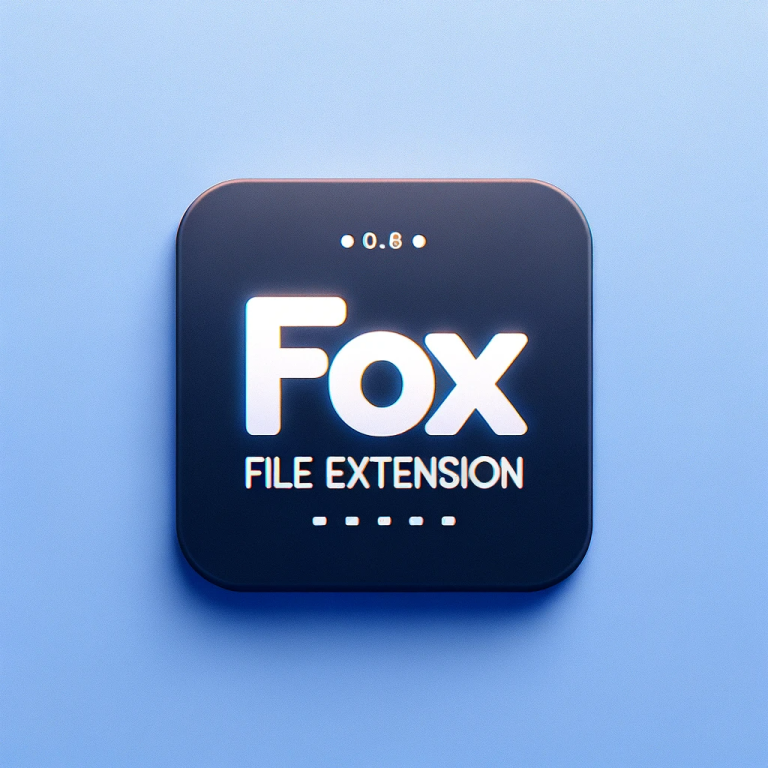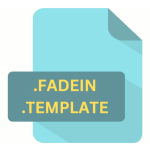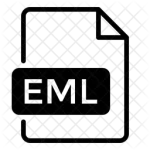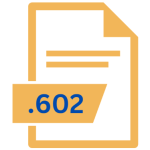.FOUNTAIN File Extension

Fountain Script File
| Developer | N/A |
| Popularity | |
| Category | Text Files |
| Format | .FOUNTAIN |
| Cross Platform | Update Soon |
What is an FOUNTAIN file?
The ‘.FOUNTAIN’ file extension represents files created using the Fountain markup language. Fountain is a plain text markup syntax that provides a convenient way to write screenplays without the need for dedicated screenwriting software.
These files primarily consist of text and a few simple formatting conventions, making them highly readable and editable using any text editor.
More Information.
Before Fountain, screenwriters had to use specialized software with rigid formatting rules to write scripts. This often led to frustration and a disconnect between the creative writing process and the technical aspects of screenplay formatting.
Fountain addressed this issue by introducing a simple markup language that transformed plain text into properly formatted scripts.
The initial purpose of Fountain was to streamline the screenwriting process, allowing writers to concentrate on storytelling while leaving the formatting to the later stages of script development.
It aimed to bridge the gap between creative writing and formatting, making it easier for writers to collaborate and edit scripts across different platforms.
Origin Of This File.
The Fountain file format emerged as a solution to the complexities and limitations of traditional screenwriting software. It was created by screenwriter John August and writer-programmer Nima Yousefi in 2012.
Fountain aimed to simplify the screenwriting process by allowing writers to focus solely on the content without being bogged down by the intricacies of formatting.
File Structure Technical Specification.
Fountain files are essentially plain text files with a set of conventions that denote various screenplay elements. These conventions include:
- Scene Headers: Denoted by a line beginning with INT. or EXT, scene headers identify the location and time of day for a particular scene.
- Character Names: Characters’ names are capitalized and placed above their dialogue.
- Dialogue: Spoken lines of dialogue are placed beneath the character names.
- Action Descriptions: Narrative elements, describing character actions, and other relevant details, are written as plain text paragraphs.
- Parentheticals: These are used to indicate how a line should be delivered, placed within parentheses and typically placed beneath the character’s name.
- Transitions: Transitions between scenes are often placed in uppercase and are centered on the page, such as “CUT TO:” or “FADE OUT.”
How to Convert the File?
Converting files from one format to another is a common task in the digital world, and there are various methods to achieve this. The approach you choose depends on the type of file you’re working with and the desired output format. Here’s a general guide on how to convert files:
- Use Software Applications: Open files in software like Microsoft Word or Adobe Acrobat to save them in different formats.
- Online Converters: Websites like Online-Convert or Zamzar offer online tools to upload files and get them converted.
- Command-Line Tools: For advanced users, use tools like
ffmpegfor media orpandocfor documents via the command line. - Format-Specific Tools: Some file types have specialized software, like Calibre for e-books.
- Mobile Apps: For mobile devices, apps like File Converter (iOS/Android) can convert files.
- Manual Copy-Paste: In some cases, manually copy and paste content between files.
- Scripting/Programming: Write custom scripts in Python, JavaScript, or PowerShell for complex conversions.
- Batch Conversion: Look for tools that can convert multiple files at once for efficiency.
- Check Compatibility: Ensure the software supports both source and target formats.
- Quality Settings: Adjust settings like resolution and compression for the desired output.
Advantages And Disadvantages.
Advantages:
- Simplicity: Fountain files are easy to write and understand, making them accessible to writers of all levels of experience.
- Portability: Fountain files are plain text, making them compatible with virtually any text editor on any platform.
- Collaboration: Because they are text-based, Fountain files are easily shareable and editable by multiple team members using different software.
- Focus on Content: Writers can focus on storytelling without worrying about formatting until later in the process.
Disadvantages:
- Limited Formatting: Fountain files lack the advanced formatting options available in dedicated screenwriting software, such as automatic pagination and industry-standard formatting.
- Manual Formatting: Writers must manually format their scripts or use dedicated software to convert Fountain files to standard screenplay formats.
- Learning Curve: While simpler than traditional screenwriting software, Fountain still requires some familiarity with its syntax and conventions.
How to Open FOUNTAIN?
Open In Windows
- Documents (e.g., Word, PDF): Use Microsoft Word, Adobe Acrobat, or the default apps like WordPad or Adobe Reader.
- Media (e.g., MP3, MP4): Windows Media Player, VLC Media Player, or dedicated apps.
- Images (e.g., JPG, PNG): Windows Photos, Paint, or third-party image viewers.
Open In Linux
- Documents: LibreOffice, Evince for PDFs, and text editors like Gedit or Vim.
- Media: VLC Media Player, Rhythmbox for audio, and various media players for video.
- Images: GNOME Image Viewer, GIMP, or other image viewers.
Open In MAC
- Documents: Use Apple’s Pages for documents, Preview for PDFs, and TextEdit for plain text files.
- Media: iTunes for audio and QuickTime Player for video.
- Images: Preview is the default image viewer, and you can also use third-party apps like Adobe Photoshop or Pixelmator.
Open In Android
- Documents: Google Docs for documents, Adobe Acrobat Reader for PDFs, and various text editors.
- Media: Google Play Music or a third-party media player like VLC for audio and video.
- Images: Use the built-in Google Photos app or third-party image viewers.
Open In IOS
- Documents: Apple’s Pages for documents, iBooks for PDFs, and various text editors available on the App Store.
- Media: The built-in Music app for audio and the TV app for video.
- Images: Use the built-in Photos app for image viewing and editing.
Open in Others
- Other operating systems: For less common operating systems, you’ll typically find open-source software or cross-platform tools that support various file types.
- Example: software like VLC Media Player, GIMP, and LibreOffice are available on multiple platforms, making them versatile choices for opening files on various operating systems.













